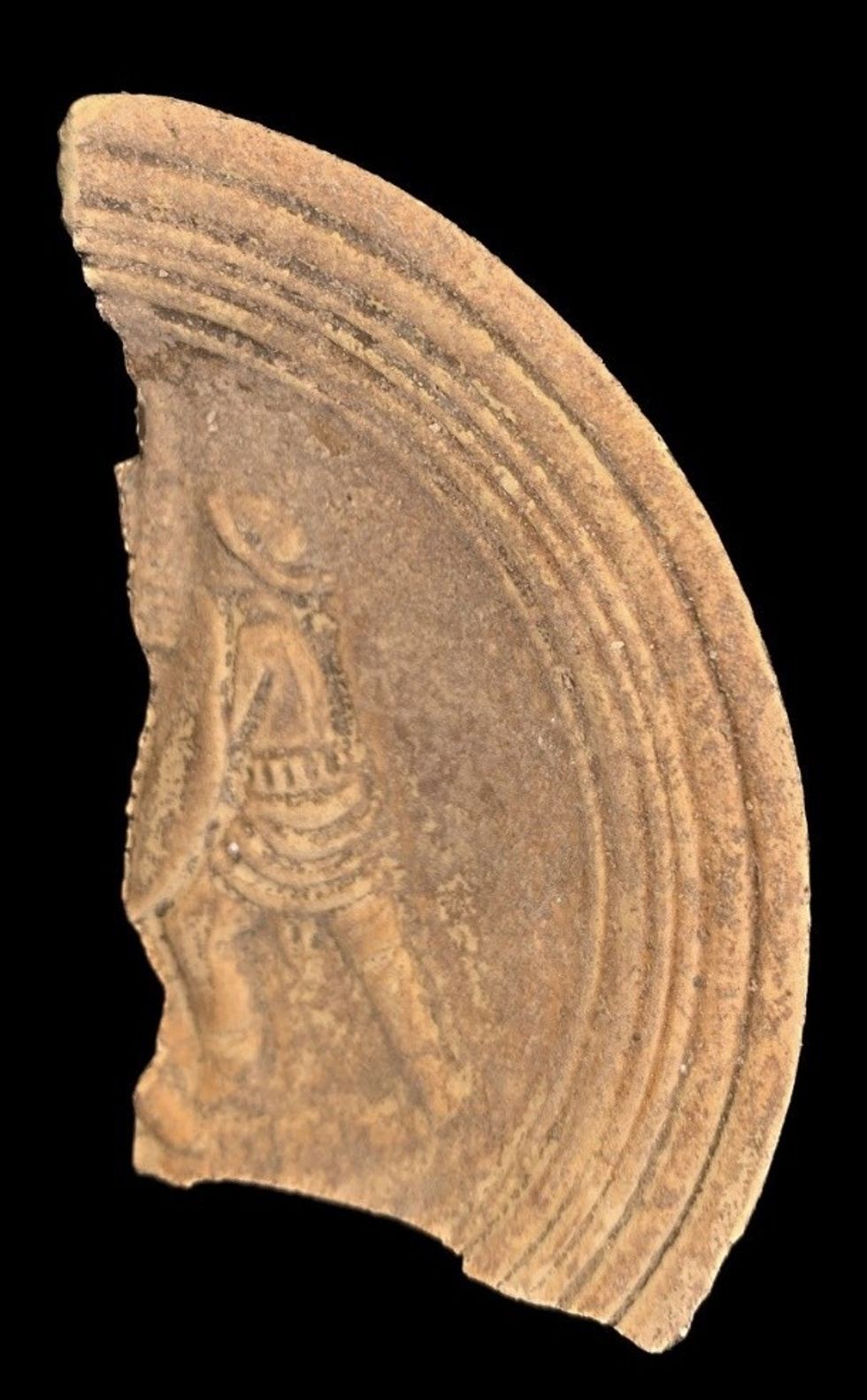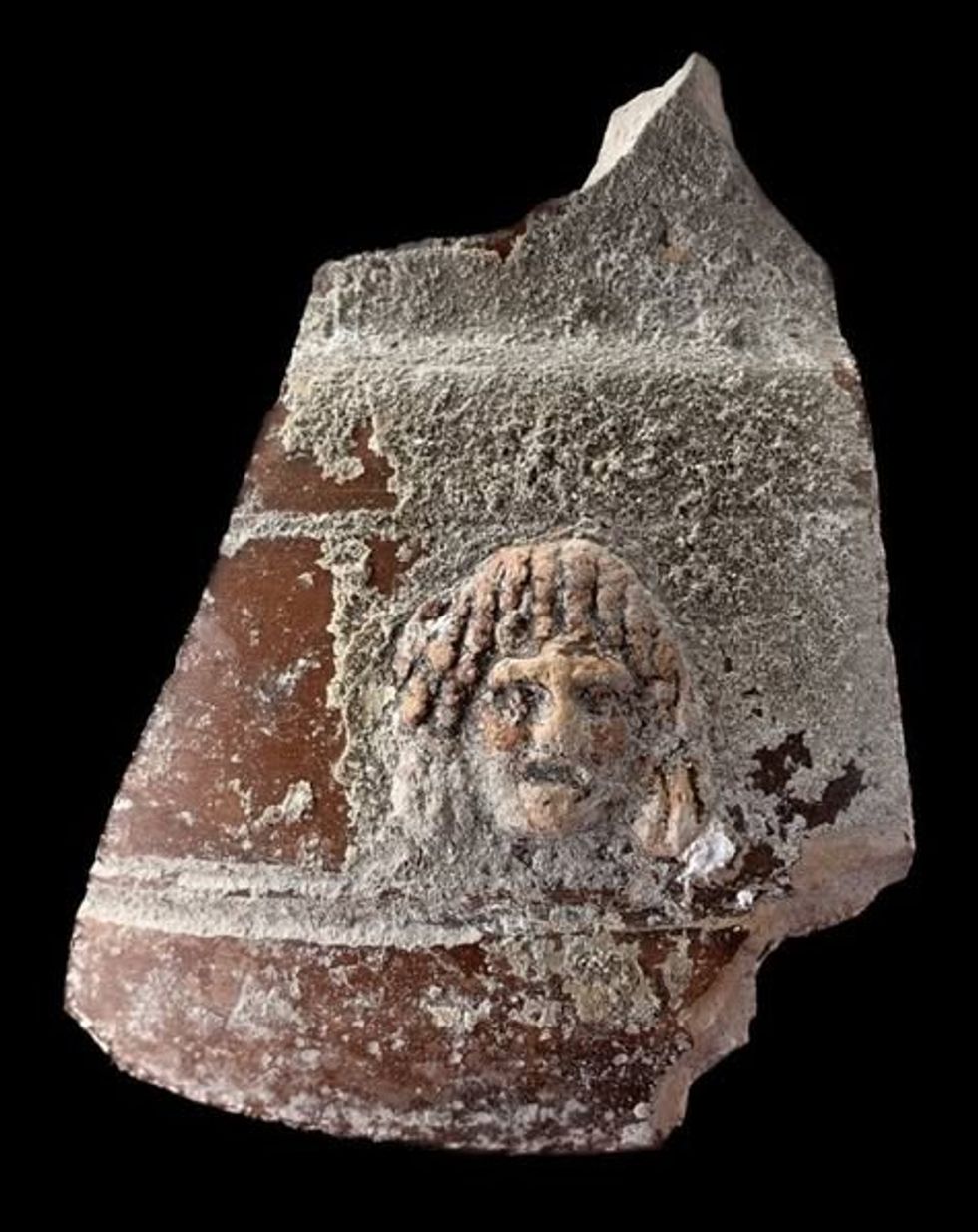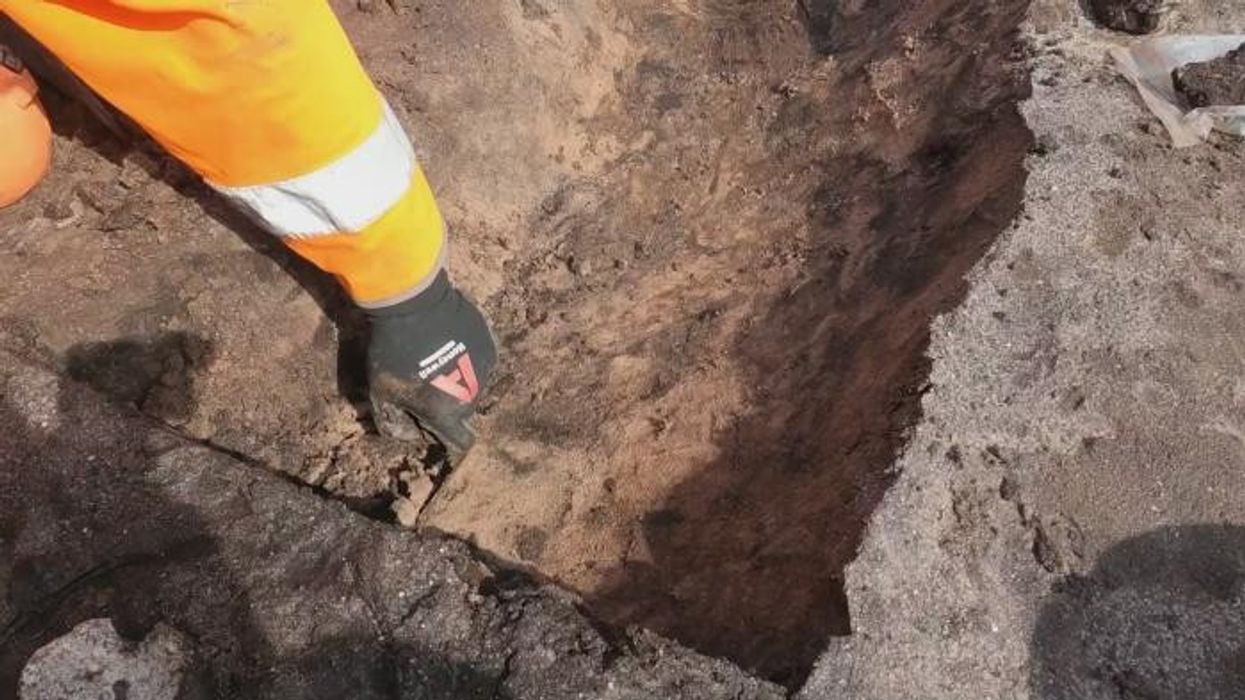Archaeology breakthrough as 3,000-year-old sculptor's workshop discovered in Greece with intact figures and statues inside
The Greek Ministry of Culture has gathered the findings from the site
Don't Miss
Most Read
Latest
Archaeologists in Greece have uncovered a Hellenistic period sculptor's workshop on the island of Paros containing life-size marble statues.
The site was first discovered in the 1980s when researchers found several incomplete marble statues in the area.
Over the past 45 years, investigators gradually realised they had excavated directly into a sculptor's workshop.
The discovery has been expanded through continued research, revealing the full extent of the ancient complex.

The findings have been discovered on the island of Paros
|Greek Ministry of Culture
The Greek Ministry of Culture has collected the findings from this significant archaeological site, which dates back to the Hellenistic period.
The workshop contained marble sculptures of Aphrodite alongside clay heads of female figures and various unfinished statues.
Researchers also discovered eating and drinking vessels from the Classical period, dating to the fifth and fourth centuries BC, suggesting several people lived at the site.
The excavation revealed marble waste, clay moulds, metal slag, seals and pigments scattered throughout the complex.
LATEST DEVELOPMENTS
These findings indicate the location served multiple purposes beyond sculpture work, with evidence of various other craft activities taking place alongside the artistic production that defined the workshop's function.
Recent excavations have revealed that the site was a complex with different well-defined areas, including the discovery of an "androna" - a space in Greek houses designated exclusively for men.
The presence of marble waste, metal slag, seals, clay moulds, and pigments confirms researchers' assessment that the location was used for various craft activities beyond sculpture work.
The combination of residential evidence and diverse craft materials demonstrates that the workshop functioned as a multi-purpose complex rather than solely as a sculpture studio.

The findings indicate that the location served for multiple purposes
|Greek Ministry of Culture
Archaeologists in Egypt have also made a staggering discovery of a trio of ancient tombs dating back more than 3,500 years.
The burial sites, unearthed in the Dra Abu el-Naga necropolis in the southern Egyptian city of Luxor, belonged to prominent statesmen from the New Kingdom period, which began around 1550 BC.
One of the tombs belonged to Amum-em-Ipet from the Ramesside period, while the other two date back to the 18th Dynasty.
The 18th Dynasty tombs belonged to a man called Baki, who worked as a supervisor of a grain silo, and another individual identified only as S.











